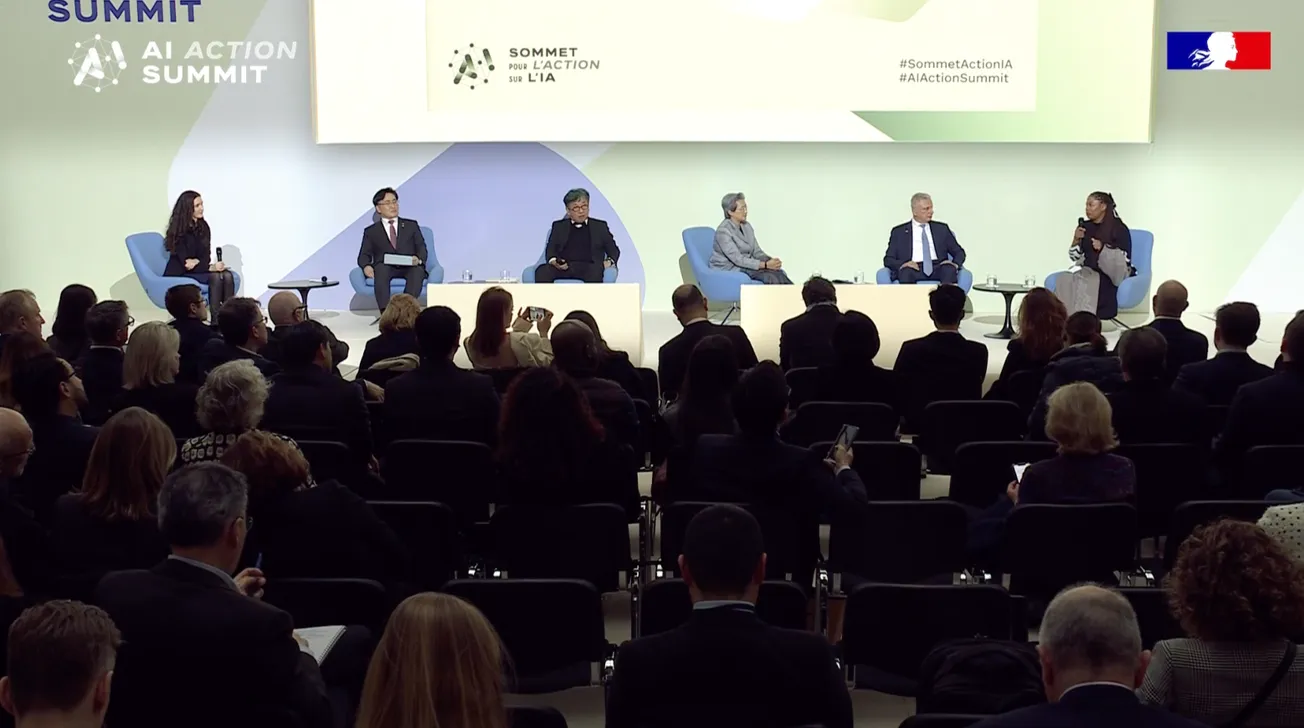AI Summit Day 1: Scaling Competitive & Sustainable AI Ecosystems Across the Globe
"Sustainability and performance are not in conflict. You need to do both."

Latest

🇫🇷 French Tech Wire: Ÿnsect’s Bug Dream Squashed
The insect protein company was finally marked for liquidation $625 million later. Hexa gets a house in SF. Clara Chappaz scores a digital government trifecta. Slash Intérim CEO Emma Capton reveals her strategy to reinvent temp work.

Slash Intérim: The 26-Year-Old Founder Redesigning a €40B Industry
Emma Capron, Founder & CEO of Slash Intérim, felt the temp-work sector had been stuck in a time capsule. She decided to jailbreak it. Revenues doubled last year, and the company just raised €6M.

La Machine #54: Yann LeCun's Rebel AI Yell
Special aiPulse edition: Gradium emerges from stealth with a €60M seed to make real-time voice the global AI interface. Yann LeCun exits Meta to chase world models, warning that Silicon Valley’s ChatGPT obsession is blinding it to the next revolution, and Paris may lead it.

Yann LeCun Bets on Paris, Not Palo Alto, for AI's Next Revolution
The legendary AI scientist left Meta to build world models. He says Silicon Valley is too hypnotized by ChatGPT to see what's coming next.

